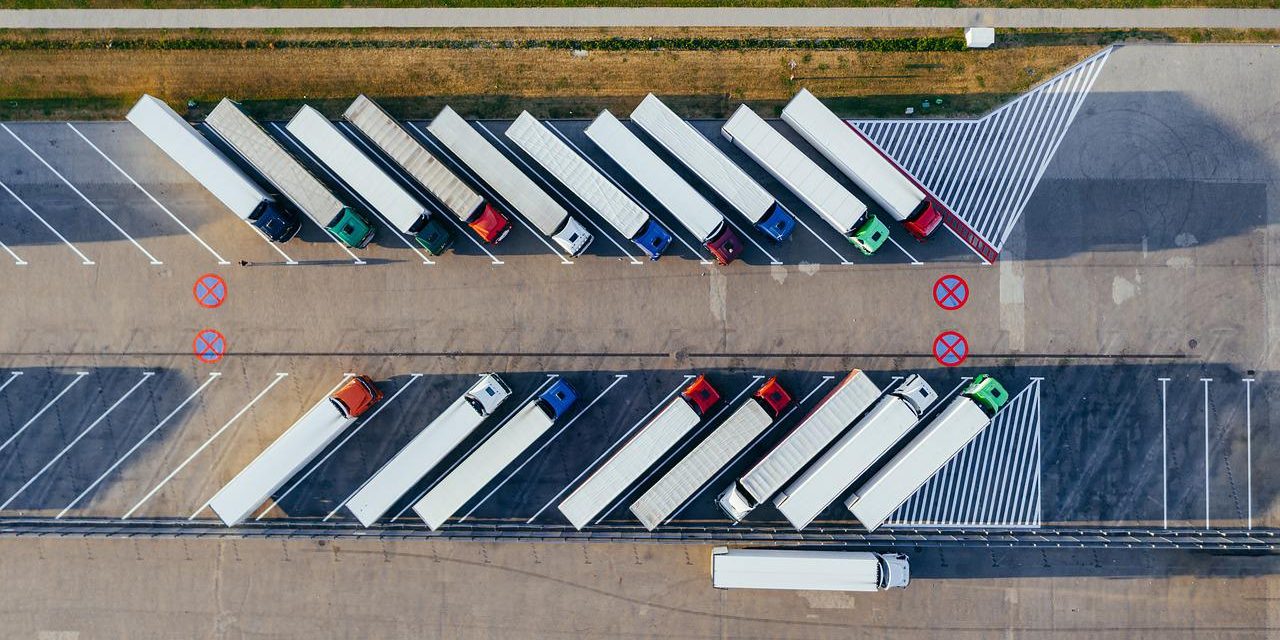DUBLIN – The global e-commerce logistics market size is anticipated to reach USD 1,396.56 billion by 2030, according to the new report. The market is expected to witness a CAGR of 20.4% from 2022 to 2030. E-commerce logistics refers to various processes such as warehousing, transportation, inventory management, labeling and packaging, invoicing, shipping, etc. Due to the continuing growth in demand for e-commerce services, there has been a subsequent rise in demand for e-commerce logistics.
E-commerce sales have been expanding considerably, nearly doubling their share in global retail sales in the past five years. The market shares of e-commerce sales increased from 15.6% of total retail sales in 2017 to 31.8% of the total retail sales in 2020. Moreover, the retail market especially e-commerce retailing is getting highly competitive. Amazon and Walmart are the top e-commerce retailers. In 2020, Amazon surpassed Walmart to be the largest retailer in the U.S. Amazon’s online sales represent 14.1% of the total online sales in the U.S.
The adoption of technologies such as blockchain, bar code technology, Electronic Data Interchange (EDI), and Radio Frequency Identification Technology (RFID) in e-commerce logistics is improving the efficiency and reliability of e-commerce logistics operations. Technologies such as RFID, Global Positioning Systems (GPS), and Global Information Systems (GIS) have facilitated the tracking of shipments in real-time. This factor has contributed to the increased confidence in logistics service providers.
The e-commerce logistics market is anticipated to expand exponentially over the forecast period due to factors such as rising smartphone penetration, drone deliveries, greater digitization, language diversity of e-commerce platforms, and the rise of digital payment methods such as smart cards, e-wallets, and net banking.
E-commerce Logistics Market Report Highlights
- E-commerce logistics is gaining traction owing to the impressive growth trend of e-commerce across the globe
- Transportation segment dominated the market in 2021 with a revenue share of about 70%. Roadways was the most used mode of transportation in e-commerce logistics. Hubs/ delivery centers are expected to be the fastest growing warehouse type during the forecast year
- Forward logistics type segment contributed to more than half of the market share in 2021 and is expected to continue its domination of the market during the forecast period
- 3PL logistics model held the largest share in the e-commerce logistics market followed by 4PL. 3PL is also expected to be the fastest-growing segment during the forecast period
- The domestic operations held the largest share in 2021 at about 74%. However, the international operations are expected to grow at a CAGR of 23.0% during the forecast period
- Apparels vertical segment held the largest market share in the e-commerce logistics market. The food and beverage vertical is also expected to be the fastest growing segment with a CAGR of 23.2% during the forecast period
- Asia Pacific is expected to be the fastest growing region during the forecast period of 2022 to 2030. China, India, and Japan are the market leaders in the region
Key Topics Covered:
Chapter 1 Methodology and Scope
Chapter 2 Executive Summary
Chapter 3 Industry Outlook
Chapter 4 E-commerce Logistics Market: Service Type Estimates & Trend Analysis
Chapter 5 E-commerce Logistics Market: Type Estimates & Trend Analysis
Chapter 6 E-commerce Logistics Market: Model Estimates & Trend Analysis
Chapter 7 E-commerce Logistics Market: Operation Estimates & Trend Analysis
Chapter 8 E-commerce Logistics Market: Vertical Estimates & Trend Analysis
Chapter 9 E-commerce Logistics Market: Regional Estimates & Trend Analysis
Chapter 10 Competitive Landscape
Companies Mentioned
- FedEx Corporation
- DHL International GmbH
- Aramex International
- XPO Logistics
- United Parcel Service, Inc.
- Gati Limited
- Kenco Group, Inc.
- Clipper Logistics Plc.
- Agility Public Warehousing Company K.S.C.P.
- CEVA Logistics
Source: Research and Markets





